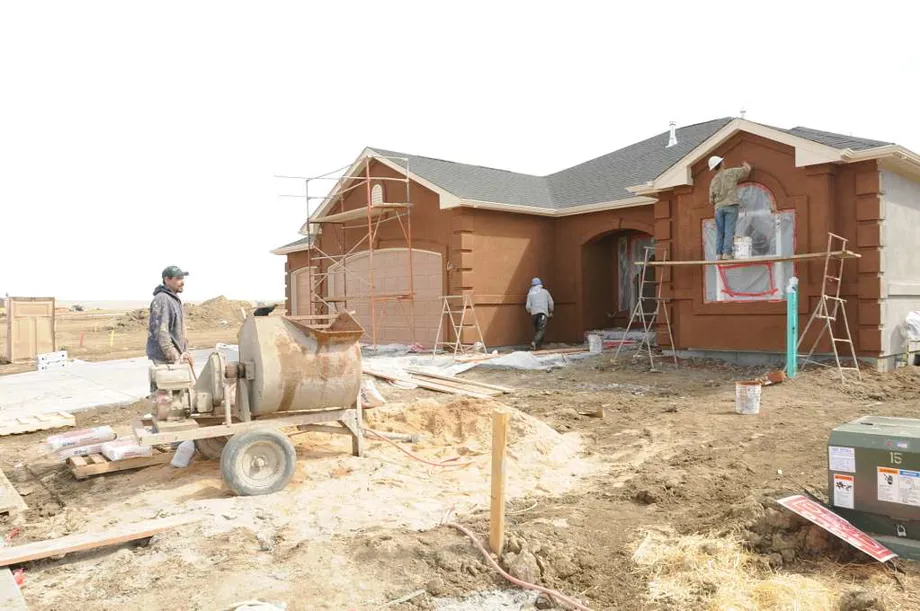By: Barry Dorans
When an owner wants to make a construction defect claim in Virginia, there are three factors that need to be considered: liability, damages and source of recovery. Whether an owner is contracting to have minor repair work done on their home, or is engaging a contractor to construct a multi-million-dollar building, the analysis is basically the same.
Liability
The first issue is whether the work was done properly. An owner may become upset because water leaked into a room after the roof had been replaced and believes that establishes liability. Instead, normally an owner needs an expert to investigate why the water leaked into the building. For example, if an expert determines that a leak comes from a drain line on HVAC equipment, the roofing contractor is not to blame. Even if the water did come through the roof, an expert needs to determine the exact source of the leak as well as why it leaked. If the expert determined that nails were put in the shingles in places other than those approved by the manufacturer, and the water leaked through those exposed nails, the contractor could be liable. If, on the other hand, the work was done properly and a storm was severe enough, water could still intrude through a properly installed roof and a contractor would not be liable, unless the contract has a specific guaranty that it would not leak from a storm with less than a certain magnitude.
In proving an owner’s case, it is important that the owner obtain an expert who is familiar with the customs in the locality industry. A method that is appropriate for one area of the country may be inappropriate for a property located in a different area.
Damages
Once it has been established that the contractor failed to perform the work in accordance with industry standards, the next question is what are the damages. In a simple case, the owner has paid the contractor in full for the work, discovers a problem, the contractor refuses to fix it and the owner hires another contractor to repair. Generally, the cost to repair is the measure of damages. One exception is if the cost to repair greatly exceeds the benefit. If a contractor agreed to install a 6 foot deep pool but instead made it 5 foot deep, it is likely that the contractor could convince the court that the cost to repair, which would include removing the entire pool and starting over greatly exceeds the increased value of a home with a pool that is an additional 1 foot deeper. In such a case, the owner is limited to the difference in value.
More complex cases arise where the contractor has not been paid in full before the problem arises. Assume the contractor has agreed to construct a room addition for $100,000 and is paid $40,000 before a conflict arises. If the owner found a new contractor to finish the work for $60,000, he would have no damage claim against the contractor because the total amount ($40,000 to the 1st contractor and $60,000 to 2nd contractor) equals the contract price. If instead the owner paid the original contractor $60,000 of the contract price and had to pay another contractor $70,000 to finish the work, the owner’s damages are not $70,000 but $30,000. Original contract price of $100,000 minus amounts paid to 1st contractor ($60,000) plus amount paid to 2nd contractor ($70,000) for a total of $130,000 minus original contract ($100,000) equals $30,000 more than the original contract amount.
This analysis gets more complex when the owner decides to make changes in the way the contract is completed. For example, the original contract may have called for hardwood floors but due to the fact that the 1st contractor left the job and the costs to finish would be too expensive, the owner may change to laminate floors. In such a case, the owner can seek both the excess cost to complete plus the savings in choosing a cheaper material.
Recovery of Funds
The final factor to be considered is recovery of funds. While courts exist to determine liability and damages, they do not pay any award and instead the plaintiff has to resort to additional judicial action if the defendant does not voluntarily pay. In some rare cases, the owner may be entitled to recover from a Contractor’s Recovery Fund administered by the Department of Professional and Occupational Regulation. If the contractor is licensed by the Board, and fails to pay an outstanding judgment, that could cause the Board to revoke its license which could give the contractor an incentive to pay. If the contractor was not licensed, however, the owner is left to the normal methods of recovery of judgments. Although many contractors have insurance, typically insurance does not cover a contractor’s failure to perform work required under the contract and instead only covers damage to areas not worked on by the contractor. For example, if the contractor installs a new roof improperly, and that causes damage to a ceiling, the cost to repair the ceiling may be covered by insurance but not the cost to repair the roof.
Summary
In summary, although most contractors perform their work properly, in a case where the work is not done properly, the owner needs to hire an attorney who is familiar with these concepts and an expert who will be able to support the claims.

